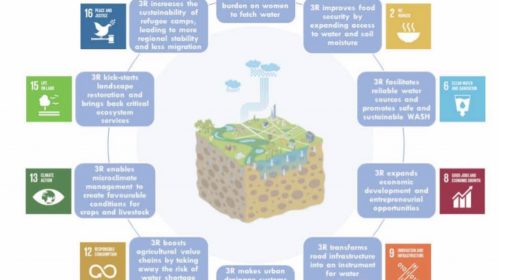posted by Marta Agujetas Frank van Steenbergen
September 17, 2012

An amazing trend is the increased use of herbicides in rain-fed farming, for instance in Ghana where this picture was taken. A main driver is shortage of labour, with so many young people leaving rural areas for towns and cities. But are these herbicides good for us?
The use of herbicides in often (but others are silent) recommended in conservation agriculture. The philosophy of conservation agriculture is not to disturb the soil by ploughing it (hence the alternative name ‘zero tillage’). Zero tillage is good because it leaves the soil biota intact and therefore improves soil structure. It also helps to retain the soil moisture and thus save water, particularly when aided by additional activities such as mulching. Fertility is maintained by including leguminous crops in the crop cycle. Conservation agriculture or zero tillage may have to make use of herbicides for weed control though, as no ploughing is done. The use of conservation agriculture methods has spread widely. It is claimed to be 110 million hectares, a large part of it in Latin America.
But are these herbicides good for you? The picture gets confusing when this question arises. Advocates of herbicide use in conservation agriculture emphasize that apart from the positive impact on soil and water conservation, the contribution to yield increases and food security, and reduction in costs and labour requirements (see above). It has to be said though that some of the proponent’s research (by the Croplife Foundation for instance) is financially supported by the agro-chemical giants that produce the herbicides.
Also around are much more critical views. One concern is that herbicides may also affect non-target population and upset the natural balance. The other worry is soil and water contamination. A number of studies have demonstrated herbicides’ negative effects on aquatic life, from micro-invertebrates to amphibians and fish. Their progressive accumulation in biological tissues (bioaccumulation) and increasing concentration towards the food chain (biomagnification) are of special concern. The case of Atrazine – a common ingredient – exemplifies this. Atrazine has been banned in the EU in 2003. However, it is extensively used in the US. (See video below)
So the verdict is not yet out, but what is surprising is that there is relatively little debate on this – despite the scale of conservation agriculture and the large-scale efforts to promote it (for instance by FAO)- with herbicides either included in the set of recommended practices or not mentioned at all.
{jcomments on}